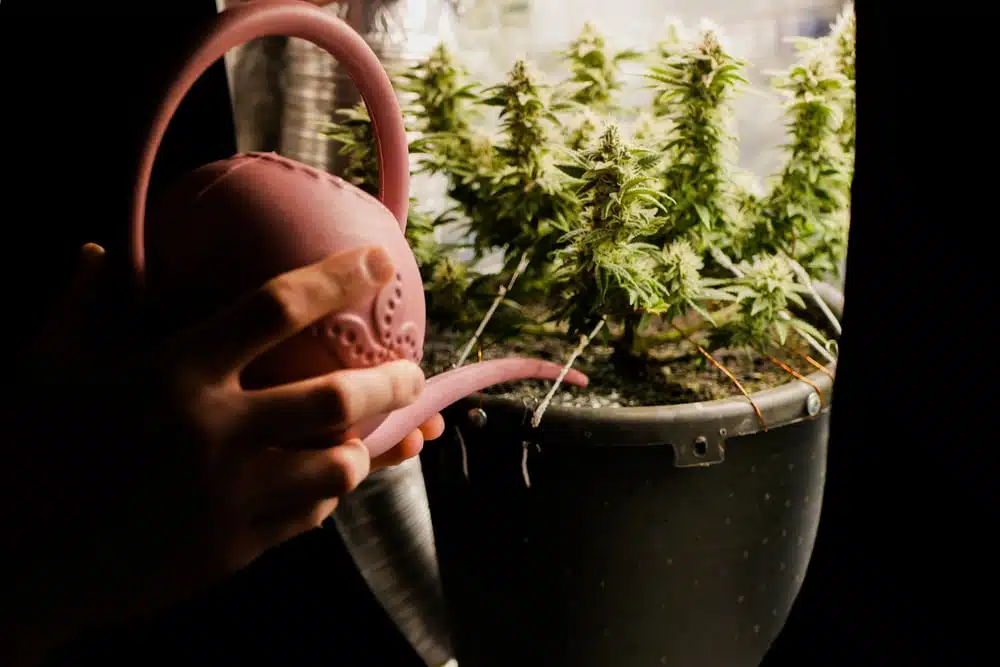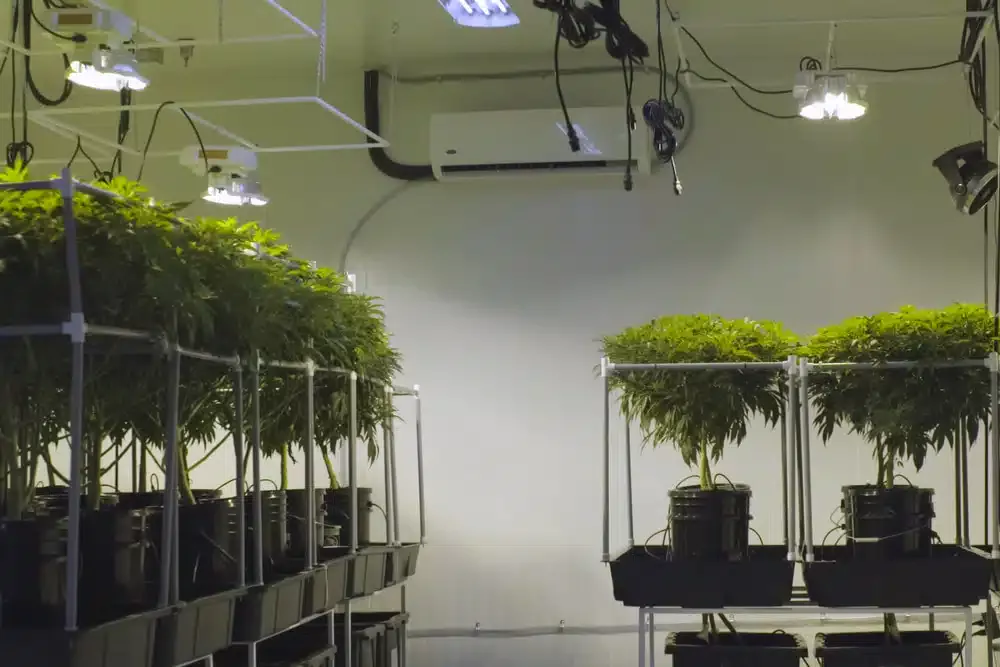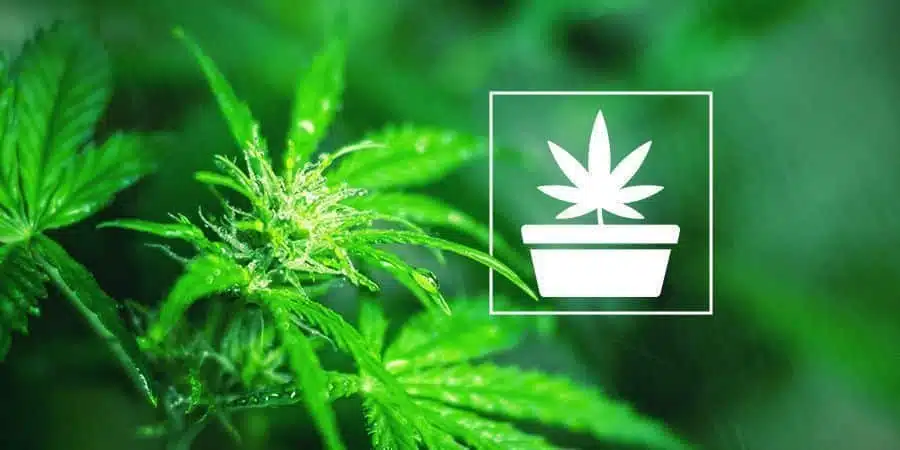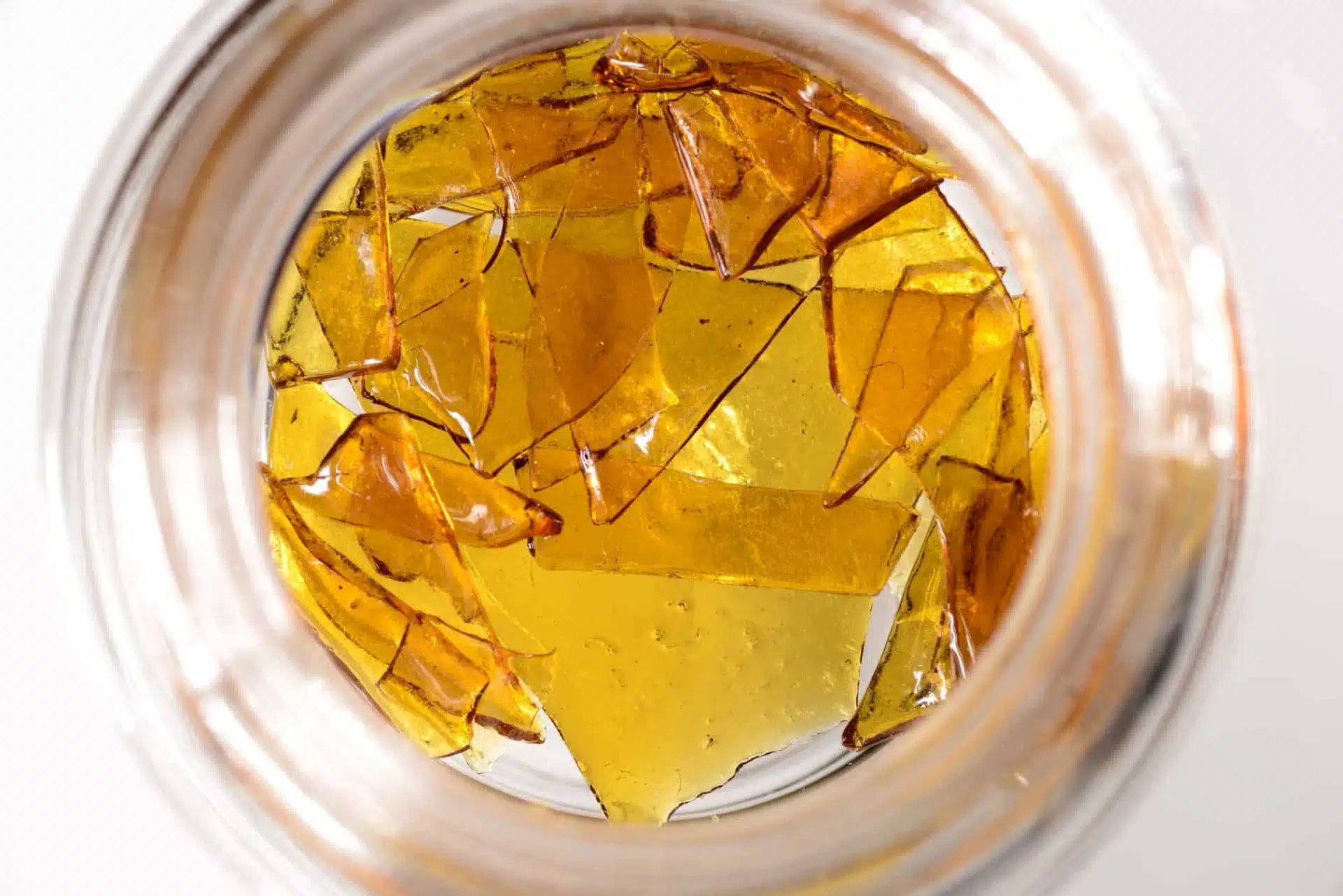Can A Clone Be A Mother Plant?
Did you know that over 50% of cannabis growers use clones in their cultivation process? Cloning has become a popular method for cannabis growers to reproduce their favorite strains and maintain consistent genetics.
However, have you ever wondered if a clone can be a mother plant? Can a plant that was once a clone itself, be used to produce more clones?
In this article, we will delve into the science behind cloning and explore the possibility of using a clone as a mother plant.
We will discuss the role of mother plants in cloning, the process of cloning a clone, and the potential benefits and drawbacks of using clones as mother plants.
Whether you are a seasoned cannabis grower or just starting out, understanding the role of mother plants in cloning and the potential of using clones as mother plants can be beneficial to your cultivation process.
Understanding the Role of Mother Plants in Cloning
So, can a clone actually be a mom plant? Let’s dive in and understand the importance of mother plants in the world of cloning.
Mother plants are essential in cloning because they provide a consistent source of genetic material. They serve as the source of the clone’s DNA and the foundation for its growth.
Without a healthy mother plant, the clone wouldn’t have a strong foundation for its growth and development.
This is why it’s so important to select a healthy and sturdy mother plant for cloning. Plants grown from feminized seeds are best as they’re more potent.
In addition to providing a stable genetic foundation, mother plants also ensure that the clones have the right nutrients and environment to thrive.
They provide the necessary nutrients and water for the clones to grow and develop strong roots.
Mother plants also help to maintain a consistent temperature and humidity level, which is crucial for the clones to grow and develop properly.
By providing all of these essential elements, mother plants play a crucial role in the cloning process.
But they also present risks. If the mother cannabis plant turns hermaphroditic, for example, the plants that grow from it will too.

The Science Behind Cloning a Clone
The process of replicating a replicated version of a specific specimen can be challenging due to potential genetic mutations.
Cloning a clone involves taking a cutting from a plant that was already cloned. This means that the genetic material has already been copied multiple times, increasing the likelihood of errors in the DNA sequence.
These errors can lead to a weakened plant that may not survive or may produce lower quality yields.
Despite the potential difficulties, cloning a clone is possible. The key is to carefully select the healthiest and strongest plant to use as the original clone.
This plant should have minimal genetic mutations from the previous cloning process.
Additionally, the cutting taken from the clone should be done carefully and with sterile equipment to reduce the risk of introducing pathogens or mutations.
It’s important to note that cloning a clone should not be the only method of plant propagation. Using a mother plant to take cuttings and create new clones is still the most reliable and efficient method.
However, cloning a clone can be a useful tool in certain situations, such as when a specific strain or variety is highly desired and no other healthy mother plants are available.
Potential Benefits and Drawbacks of Using Clones as Mother Plants
Using identical copies of a genetically superior specimen could result in a field of lush, uniform plants, but relying on clones for too long may lead to vulnerability and loss of diversity.
One potential benefit of using clones as mother plants is that it ensures consistent quality and yields.
Since clones are exact replicas of the original plant, growers can expect the same characteristics and traits to be passed onto future generations.
This can be particularly advantageous for commercial growers who want to maintain a specific flavor, aroma, or potency in their product.
However, there are also drawbacks to using clones as mother plants. One concern is that clones are more susceptible to pests and diseases than genetically diverse populations.
If a particular strain of disease or pest infects a clone, it can quickly spread throughout the entire crop.
Additionally, relying on clones for too long can lead to a loss of genetic diversity, making the plants more vulnerable to future threats or changes in the environment.
Overall, while clones can be a useful tool for maintaining consistent quality and yields, it’s important to balance their use with genetic diversity to ensure the long-term health and sustainability of the crop.
By using clones as a starting point and periodically introducing new genetic material, growers can achieve the best of both worlds: consistency and diversity.
Conclusion
So, can a clone be a mother plant? Yes, but with some potential drawbacks.
While mother plants play a crucial role in cloning, using a clone as a mother plant can result in reduced yield and genetic degradation.
However, the science behind cloning a clone is still evolving, and there may be potential benefits to using a clone as a mother plant in the future.
In conclusion, using a clone as a mother plant is like trying to make a copy of a copy. While it may work, there’s always the risk of losing some of the original quality.
So, while it may be tempting to use a clone as a mother plant, it’s important to weigh the potential benefits and drawbacks before making a decision.
Ultimately, the choice of whether to use a clone as a mother plant depends on the specific situation and goals of the grower.





